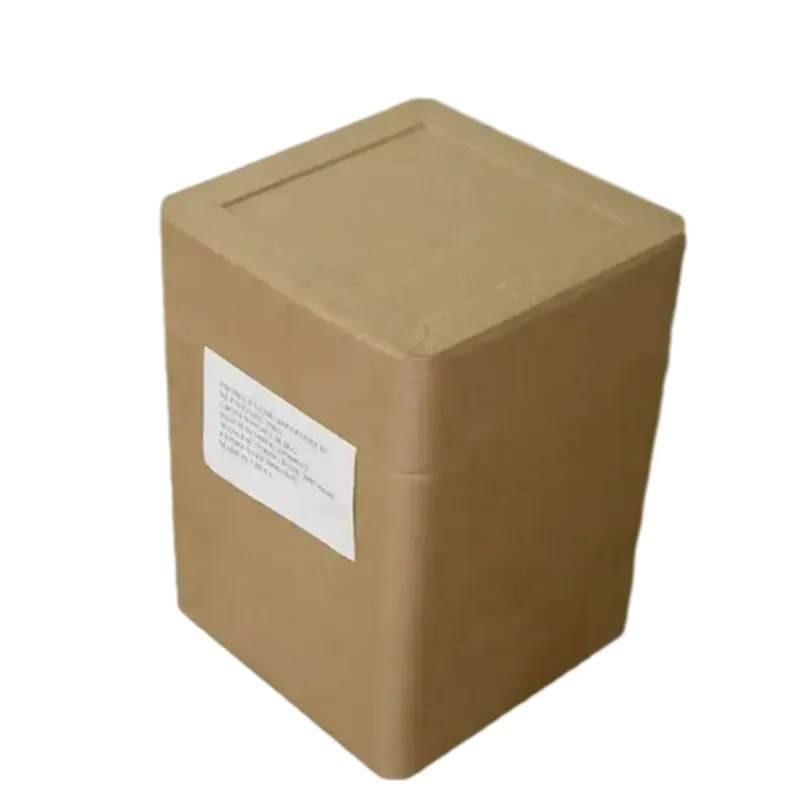
styrene butadiene
The Versatile World of Styrene-Butadiene Applications and Benefits
Styrene-butadiene, commonly referred to as SBR (styrene-butadiene rubber), is a synthetic rubber that plays a crucial role in various industrial applications. Created through the polymerization of styrene and butadiene, SBR has gained prominence due to its excellent mechanical properties, resilience, and adaptability. This article delves into the characteristics, applications, and benefits of styrene-butadiene, highlighting its significance in modern manufacturing.
Chemical Structure and Properties
Styrene-butadiene rubber is composed of two primary monomers styrene, which contributes to strength and stability, and butadiene, which enhances flexibility and resilience. This combination results in a material that exhibits a balance of durability and elasticity. SBR can be produced in multiple grades, allowing manufacturers to tailor its properties for specific applications, such as tires, adhesives, and sealants.
One of the standout features of SBR is its resistance to abrasion and degradation from weathering. This makes it ideal for outdoor applications where exposure to the elements can lead to rapid deterioration of other materials. Additionally, styrene-butadiene rubber has a good thermal stability, which enables it to maintain performance across a range of temperatures.
Applications of Styrene-Butadiene Rubber
The applications of styrene-butadiene rubber are vast and varied. One of its most significant uses is in the tire industry, where it is a primary component in the manufacturing of both passenger and heavy-duty tires. SBR enhances tire performance by providing superior grip, reduced rolling resistance, and extended wear life. This is especially important for improving fuel efficiency and safety in vehicles.
styrene butadiene

Apart from tires, SBR is also widely used in the production of footwear, particularly outsoles, where its high strength and flexibility offer comfort and durability. In the automotive sector, it is utilized in seals, gaskets, and various interior components due to its excellent resilience and resistance to weathering.
SBR also finds applications beyond transportation. In the adhesive and sealant industries, it serves as a crucial ingredient due to its strong bonding capabilities. Furthermore, it is employed in the production of industrial mats and flooring, where its toughness and slip resistance are valuable properties.
Environmental Considerations and Sustainability
As industries shift towards more sustainable practices, the environmental impact of materials like styrene-butadiene rubber becomes a focal point of discussion. While SBR is a synthetic product, efforts are being made to enhance its eco-friendliness through recycling processes and the incorporation of bio-based materials. Researchers are exploring ways to synthesize SBR from renewable resources, potentially reducing its environmental footprint.
Conclusion
Styrene-butadiene rubber is a vital material in today's manufacturing landscape, thanks to its versatile properties and wide range of applications. From enhancing tire performance to providing durable flooring solutions, SBR demonstrates the principles of innovation and adaptability in material science. As the demand for sustainable practices grows, the future of styrene-butadiene rubber may evolve, paving the way for greener alternatives while maintaining its essential role in various industries.
-
Industrial Chemicals: Quality & Purity for Every IndustryNewsAug.28,2025
-
Nitrile Rubber Honoring Strict Production StandardsNewsAug.22,2025
-
Aspartame Ingredients Honoring Food Safety ValuesNewsAug.22,2025
-
Fertilizer for Balanced Plant NutritionNewsAug.22,2025
-
Cyanide Gold Processing with High Purity AdditivesNewsAug.22,2025
-
Formic Acid in Textile Dyeing ApplicationsNewsAug.22,2025
-
Aluminum Hydroxide Gel in Skincare ProductsNewsAug.22,2025
Hebei Tenger Chemical Technology Co., Ltd. focuses on the chemical industry and is committed to the export service of chemical raw materials.
-

view more DiethanolisopropanolamineIn the ever-growing field of chemical solutions, diethanolisopropanolamine (DEIPA) stands out as a versatile and important compound. Due to its unique chemical structure and properties, DEIPA is of interest to various industries including construction, personal care, and agriculture. -

view more TriisopropanolamineTriisopropanolamine (TIPA) alkanol amine substance, is a kind of alcohol amine compound with amino and alcohol hydroxyl, and because of its molecules contains both amino and hydroxyl. -

view more Tetramethyl Thiuram DisulfideTetramethyl thiuram disulfide, also known as TMTD, is a white to light-yellow powder with a distinct sulfur-like odor. It is soluble in organic solvents such as benzene, acetone, and ethyl acetate, making it highly versatile for use in different formulations. TMTD is known for its excellent vulcanization acceleration properties, which makes it a key ingredient in the production of rubber products. Additionally, it acts as an effective fungicide and bactericide, making it valuable in agricultural applications. Its high purity and stability ensure consistent performance, making it a preferred choice for manufacturers across various industries.





